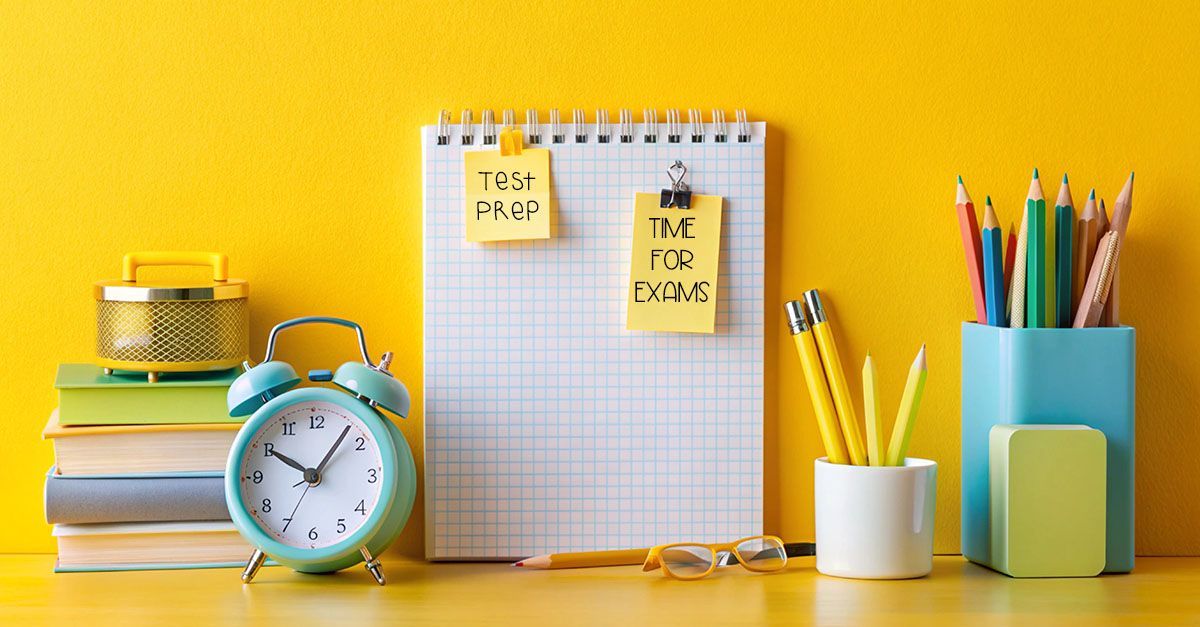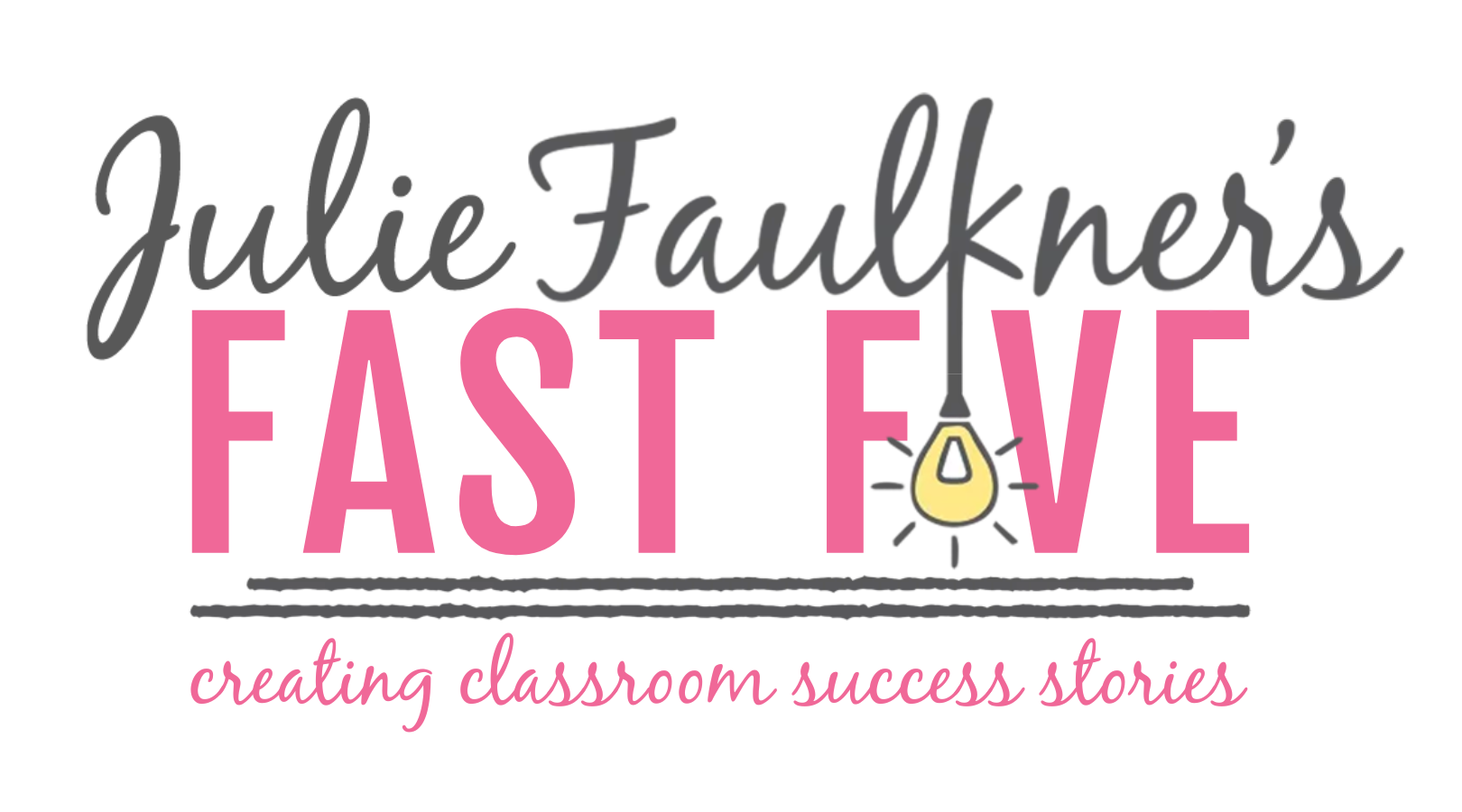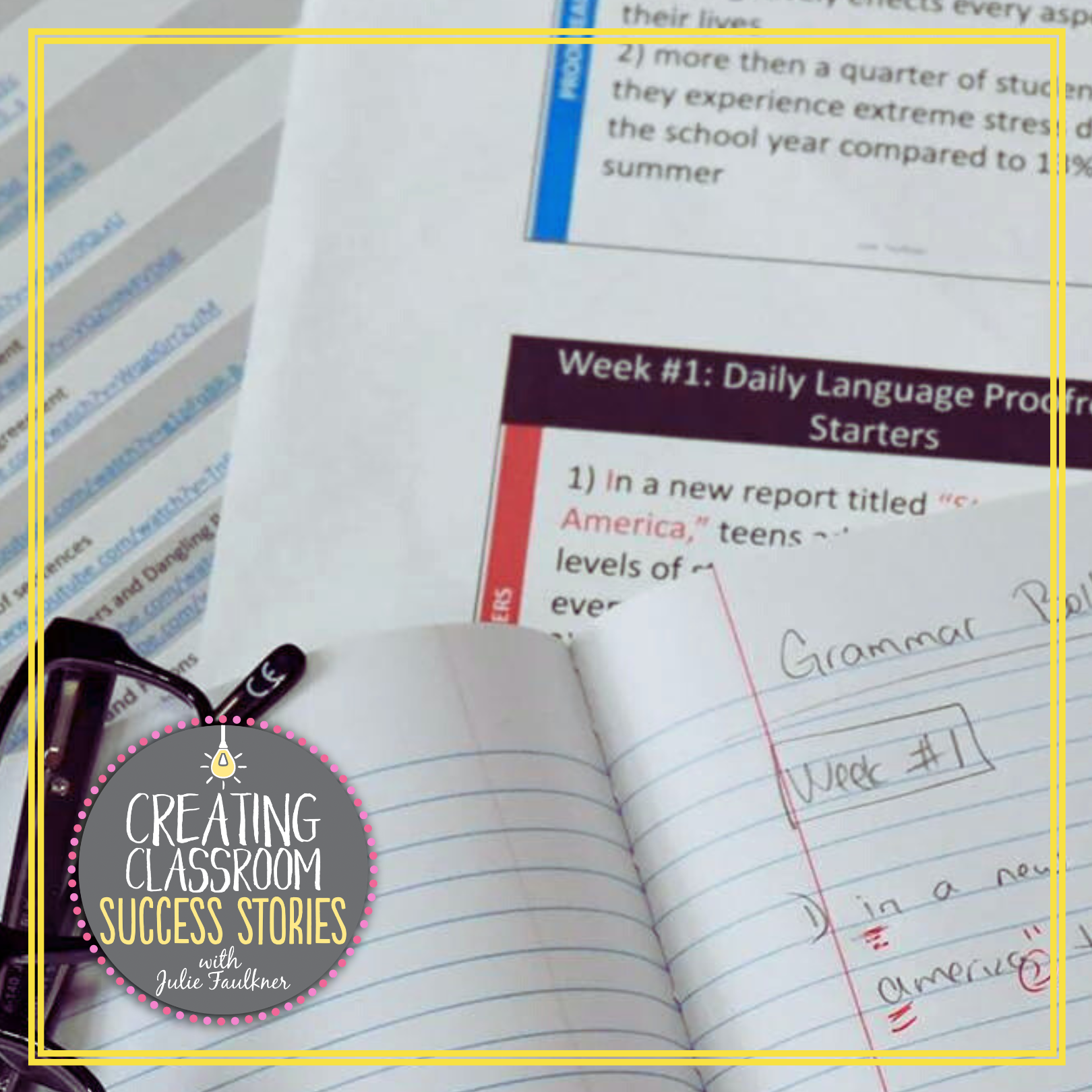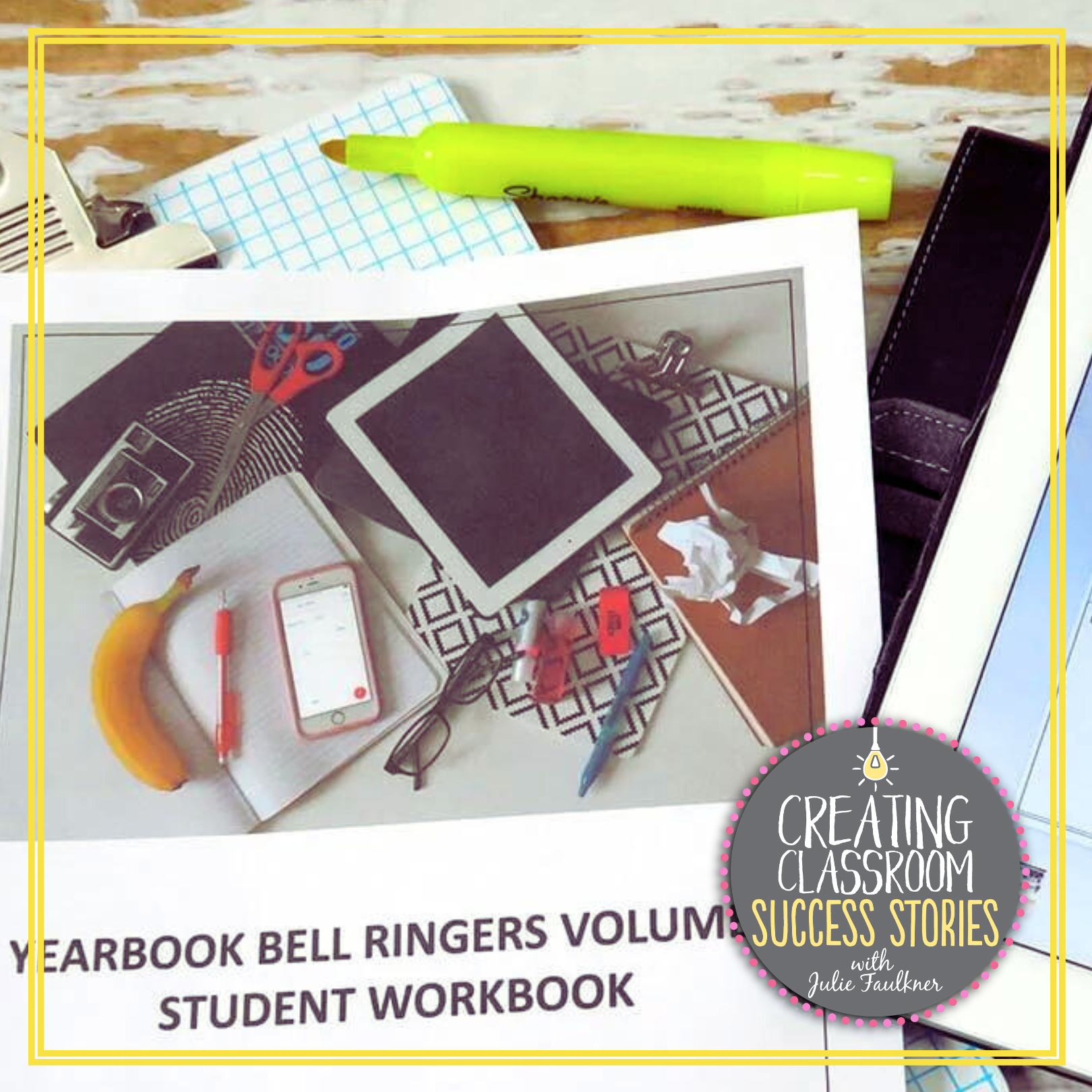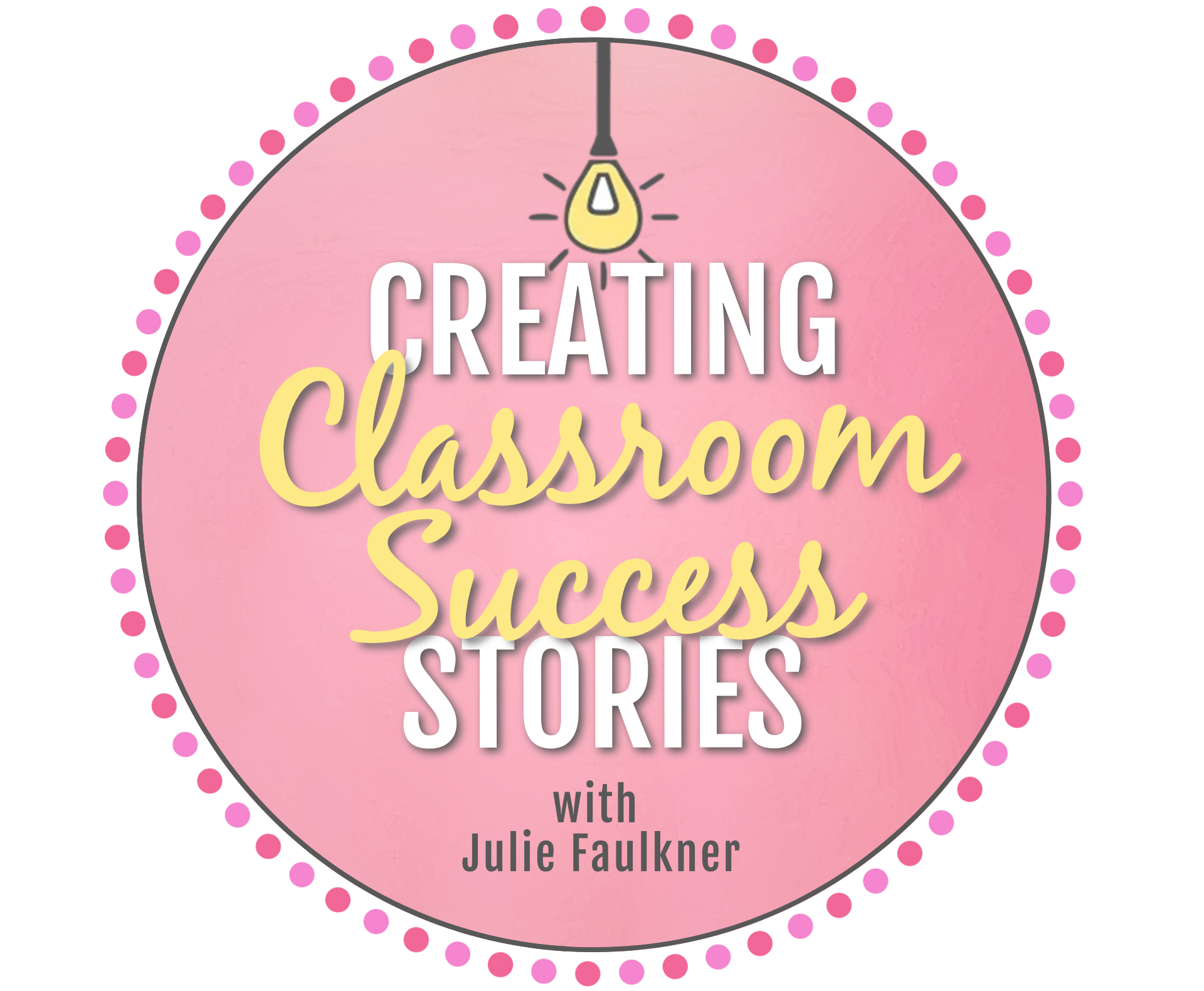How to Avoid Catching
Senioritis from Your Students
It’s that time of year when things are starting to wind down. It’s after state testing, and we can see the light at the end of the tunnel. I teach juniors and seniors and that senioritis starts to creep in about March for the seniors who know their days in public education are just about over. Well, what if those feelings of apathy, tiredness, discontent, and general aggravation aren’t just coming from the students? What if you – the teacher –are starting to feel the summer slide, too? You know the symptoms all too well from seeing it in your students, so if you have that same diagnosis this time of year, here is how to avoid catching senioritis from your students and end the year strong.
1. CLEAN
There’s no better way to avoid getting a bug than to do a deep clean. I don’t know about your classroom, but mine gets so dirty throughout the year with kids coming and going. I’m not talking about piles of papers here or general disorganization; I mean dirt and dust bunnies galore. My board is smeared and finger-printed, and the desks are grimy despite cleaning them down as often as I can. This time of year, I break out the 409 and paper towels and give them all a good scrub – mine included. I’ll even borrow a mop and scrub around the baseboards. I always feel much more refreshed — and healthy — after I’ve given my room a good wipe down.
2. ORGANIZE
Piles of papers. Folders stacked here and there. Graded — and not graded — work heaping up. Books waiting to be checked back in. This pretty much describes the scene in my classroom by May. A messy room and/or desk does nothing for my motivation to be at school, and it even makes me want to just throw it all away, which wouldn’t be a good idea since I would have to start all over again in the fall. I have a decent system for organizing and filing, but it just seems to get away from me this time of year while I’m working on closing out yearbook, finalizing grades, and planning graduation. Having a system in place is key, though, because when I do have a second to clean up, it usually doesn’t take too long. I think the major roadblock to getting organized and maintaining that organization is an over-complicated process. An over-the-top organizational approach eventually gets overwhelming, and in the fast-paced life of a classroom teacher, things need to be simple. When I think of classroom organization, my main concern is not cute caddies and containers for my pencils, tape, etc. (I do have a classroom design/style/theme that I love, though. You can see that post here). Rather, I think of my day-to-day routine, and what it takes for me to plan, teach, grade, and manage my classroom without chaos. I’ve tried many different methods for organizing, and after a while, I think I’ve got it down to what works for me. Even though I teach multiple grades – three out of three preps every semester – I still use the same system for everything. Here’s how I take my desk from chaos to clean in five easy tips that have truly simplified my life over the years.
- Have a place for students to turn in work. I’ve seen (and tried) different folders for each class or each student even. I’ve seen accordion files or hanging files for students to turn their work in. I’ve tried having a different place for late or make up work. I can never keep up all of that sorting, and eventually, I just give up. What I’ve come to find is that the more places you store the “Grade Me” work, the more opportunity for it to get misplaced. And that method takes up a lot of real estate in the classroom, too. I’ve been using one basket as a place for students to turn in work for about three years now, and it has been the ONLY thing to stick – and work. Whether it’s make-up work, late work, or daily work, it goes in the “Grade Me” basket. Whether it’s first period, second period, or fourth period, it goes in that one basket. Now, if I’m collecting work from one period, once everyone has turned in his/her paper, I’ll go ahead and paperclip all those together. If I have the answer key handy, I’ll even attach that to the pile as well. Then when I’m ready to grade, it’s all right there in that one place. Yes, make up work or work from other classes gets mixed in from time to time, but that’s ok with me. I know and kids know if their work makes it to the basket, I will eventually see it and grade it. It’s also simple for the kids, and we all know why that’s important. If they can’t figure it out, you can forget it.
- Have a place to store graded work until you can get it handed back. You probably already have a space like this in your classroom, but again for me, it must be simple and not take up much space. I just use a magazine bucket, but a hanging file folder box would work well, too. All my classes do have a separate folder in that box, and when it gets full, I know it’s time to hand work back. Just be aware that students needing to do make up work, might go pilfering through that box for answers on work you’ve already scored.
- Have a place for teaching materials that you are using on a weekly and daily basis. Again, this is something that I’ve struggled with for years and years, and I just now have a system that works. It also works for having materials handy for makeup work. It goes like this: one box, one hanging folder per class. The end. I think you might be noticing a trend. I like to keep everything in one place. This crate sits on the corner of my desk, and when I make my morning or afternoon copies, I drop them in the correct folders when I walk into the room. If I have multiple lessons going for one class – which I usually do in an honors class – there are smaller folders inside the hanging folders. And, I usually have a folder for the master copies (which came out of my binders and are in sheet protectors) and then another folder for the student copies. I actually have one crate for each prep, and the past few years, I have had three preps, so that’s three crates.
- Have a place for master copies of teaching materials. I mentioned master copies in sheet protectors above. By master copies of my teaching materials, I mean one blank copy of any worksheets, etc. the unit plan overview, daily lesson plans, and the answer keys. These go in a sheet protector in a 3-ring binder by class: junior honors, senior dual enrollment, yearbook, etc. Any extra copies or ideas I find during the unit that I might use later go in a manila folder to be filed. As a side note, these sheet protector packs can get pretty hefty, so I use extra capacity sheet protectors that I get from Amazon. Those binders sit on the shelf behind my desk. When I’m ready to start a new unit, I pull out the sheet protector pack and move it to the daily materials box.
- Have a place for teaching materials that need to be filed. Since I do have three preps out of three preps each year, this is probably the pile that gets the largest more quickly than any other pile. My “FILE Me’ box is big enough to fit file folders and several stacks of papers. Then, when I’ve finished a lesson and have extra copies or student work samples to file later – during my down time 🙂 – it’s all in one place ready to go in its long-term home in the filing cabinet. If I can, I’ll go ahead and pop it in the filing cabinet as soon as I can. But if it has to sit for a minute, at least it’s already in a folder.
3. TRY SOMETHING NEW AND/OR STUDENT CENTERED
Now that you’ve completed those lessons that are tried and true to get your students ready for state testing, etc. try something you’ve been curious about all year. This is a super simple trick to avoid catching senioritis from your students, or it may even prevent them from getting it! It’s easy to get stuck in a rut, which leads to boredom, behavior problems, and bad moods. I’ve wanted to try Kahoot – since last May – but I couldn’t fit it in during the year. Plus, I was just really uncertain of how smoothly it would go. Last week, I was not in the mood to do anything – specifically review for EOCs, so I decided it was time to shake things up. We still needed to review grammar before the state testing, so I decided to load some of my real world grammar fails images into Kahoot and just give it a try. Because I already had those made up, it was just a matter of loading those pics and adding the choices. It took me less than 30 minutes to prep it, and it was very easy to use in class. I put my students in groups and let them use one device per group to select their answers. The program basically walks you through the steps. You can also search public Kahoots for free and play with no prep at all! The kids loved it! I was in a much better mood after doing a little something different from the status quo!
Another thing that gets me down this time of year being busy from bell-to-bell. At this point in the year, usually, there isn’t any new material to cover, but having nothing for kids to do – or giving them busy work day after day gets old. They eventually catch on and that leads to more problems. A student-centered short research project where students pick their own topic, manage their own product, and then present to the class is just what the doctor ordered. Check out my free Antiques Show and Tell Research Project or my catalog of other short research projects as well.
4. HAVE A PARTY
Kids beg for a party this time of year. I’m not against parties, but I do want them to be on purpose. I’ve shared about my Great Gatsby party before. Click here to see more on that idea. Last week, my seniors finished Fahrenheit 451, and we had a final party where all the food was red, orange, or yellow. These are the times memories are made, and, of course, some sweet treats are surely the perfect antidote for senioritis. Look at how creative my students were in preparing their “hot” dishes!
5. PLAN AHEAD
What feels better than planning ahead and taking some of the pressure off those first few days of school in the fall? Where I teach, we don’t normally know our schedule or students until a couple of weeks before school starts, but I still always try to take time to reflect on what I did this year. If I have time, I’ll even ask the students to reflect and evaluate the class, so I have authentic feedback as I’m looking at next year. Take a look at ALL my planners – printable and Google-drive planners here!
Here’s to a strong end to the year and a great summer! Share your best end-of-year secrets for how-to avoid catching senioritis from your students below!
Love this content?
Sign up for my email newsletter with more tips, ideas, success stories, and freebies!


